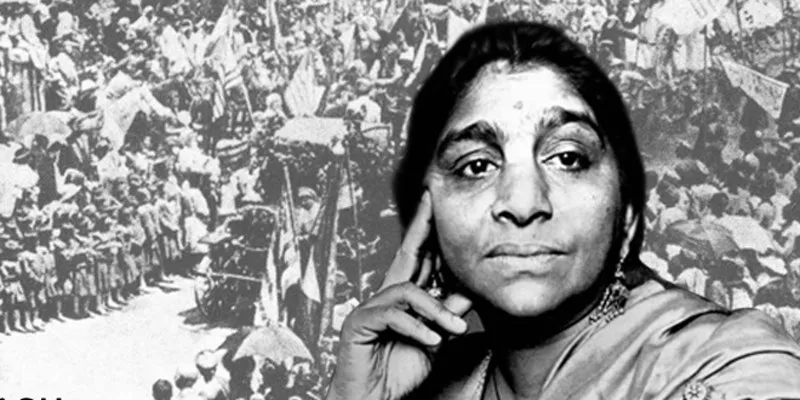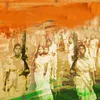On Sarojini Naidu's birthday, here are a few interesting things about the 'Nightingale of India'
In recognition of Sarojini Naidu's efforts to champion the cause of women's rights, February 13 is celebrated as National Women's Day. On this occasion, here are some interesting facts about the poetess, freedom fighter, and leader.
Sarojini Naidu, the Nightingale of India, is widely remembered for her lyrical poems and contributions to the freedom struggle and championing for women’s rights. A child prodigy, freedom fighter and leader, she was also a skilled orator and exemplary administrator.
When the country was fighting for freedom, Sarojini Naidu was also fighting for women, for all classes and races of people. A prominent figure of feminism in the country, her literary contributions are still studied by students across schools in India.

Sarojini Naidu
Born on February 13, as Sarojini Chattopadhyaya, she was the daughter of Aghoranath Chattopadhyaya, a scientist and the founder of the Nizam College in Hyderabad, and Barada Sundari Devi, a famous Bengali poetess. In recognition of her contributions to women’s equal rights, her birthday is celebrated as National Women’s Day in India.
Here are a few things you need to know about Sarojini Naidu, the poetess, freedom fighter and champion of equal rights:
- A child prodigy, she topped the matriculation exam at Madras University at the age of 12.
- As a child, she wrote a 1,300-line-long poem, The Lady of the Lake. When her father realised her literary prowess, he encouraged her to pursue writing, though he had initially wanted her to become a scientist or mathematician.
- She once asked her father to help write a Persian play, Maher Muneer. He sent the play to the Nizam of Hyderabad, who was so impressed by the 16-year-old talent that he granted her a scholarship to study overseas. And thus, she went to study at King’s College London.
- On her return to India, affected by Lord Curzon’s Partition of Bengal, she took part in demonstrations. It was here she met freedom fighter Gopal Krishna Gokhale, who advised her to use her poetry to incite the masses to join the fight for freedom. In 1916, she met Gandhi and actively dedicated herself to the freedom struggle.
- In 1917, she and freedom fighter Annie Besant founded the Women’s India Association. She championed for women’s suffrage in India and at various forums abroad and demanded recognition from the Congress and the British for women’s suffrage.
- In 1925, she became the first Indian woman to become the President of the Indian National Congress. She was part of the draft committee that framed the Indian Constitution.
- After India attained independence, she became the first woman Governor of an Indian state, Uttar Pradesh. She served as governor till she passed away in March 1949, when she was working late in office.
(Edited by Rekha Balakrishnan)








